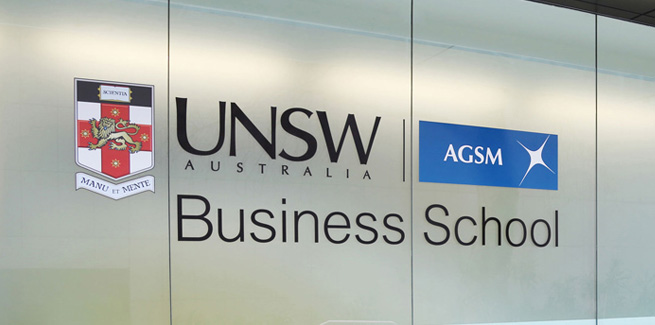Researchers from UNSW Business School, Dr Katja Hanewald and Professor Hazel Bateman, will be examining reverse mortgages over the next two years to gain a better understanding of the contributing factors to their subdued uptake in Australia.
Reverse mortgages, also known as “equity release” products, allow seniors to access finance using the equity in their homes while living in the property, which can complement superannuation and age pension payments.
While reverse mortgages can allow borrowers to live a more comfortable retirement, their take-up is low in Australia, according to the researchers.
“While economic theory predicts that households would demand reverse mortgages to improve retirement funding, the take-up rates for reverse mortgages are low in Australia and internationally,” Dr Hanewald said.
“Combining our research track record and Household Capital’s industry expertise, we will design and field test an online experimental survey to study the role of mental accounting in the demand for reverse mortgages.”
The two-year research project is being funded by UNSW Business School, along with reverse mortgage lender Household Capital.
The research is expected to address “demand and supply-side barriers to further development of a reverse mortgage market in Australia and internationally”, according to Dr Hanewald.
Dr Joshua Funder, CEO of Household Capital, said the research would be helpful to understand how to improve access to home equity.
“Overseas markets have been expanding rapidly to provide access to home equity to fund retirement,” Dr Funder said.
“We’re delighted to work with UNSW Business School to understand the needs of Australian retirees and how we can improve access to home equity to improve their retirement funding.”
The Australian Securities and Investments Commission, after reviewing the $2.5 billion reverse mortgage market, found a number of benefits of this type of loan, such as seniors having the ability to live a more comfortable retirement, but also found that reverse mortgages tend to have higher establishment and service fees, as well as higher interest rates (around 2 per cent more than standard home loans).
As the loan is payable when the borrower sells the property or dies, the interest compounds over time, making the outstanding bill on a reverse mortgage larger than expected, the regulator stated in its report.
Last week, an AMP executive urged retirees to consider not just the benefits, but also the drawbacks, of reverse mortgage before applying for the amended Pensioners Loan Scheme, which comes into effect on 1 July 2019.
One of the “most important” considerations, according to AMP technical strategy manager John Perri, is that a reverse mortgage will reduce the value of the home when it is eventually sold – a risk that Moody’s Investors Service highlighted as well when revealing its new methodology for analysing reverse mortgage risks.
Retirees must also keep in mind that the scheme could reduce the inheritance they pass on to their children if the succeeding generation is left to pay their outstanding loans, Mr Perri said.
[Related: AMP exec warns of ‘downsides’ to reverse mortgages]

